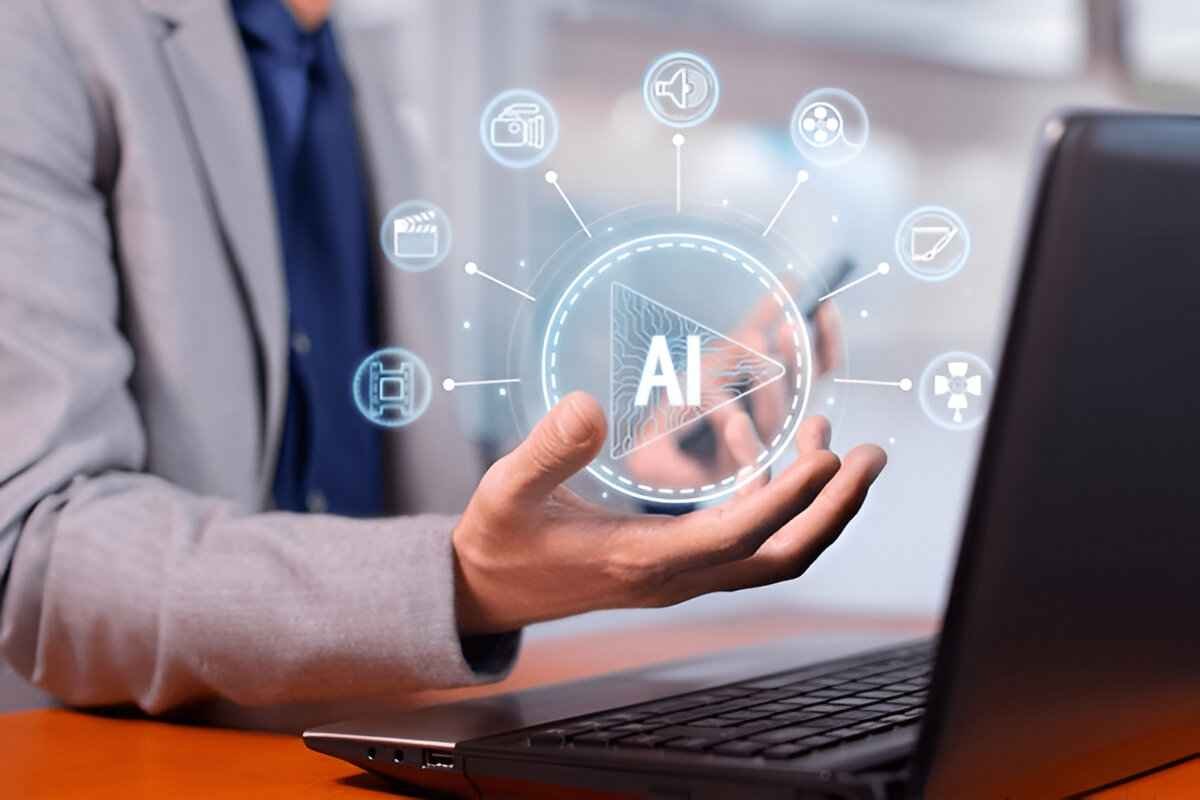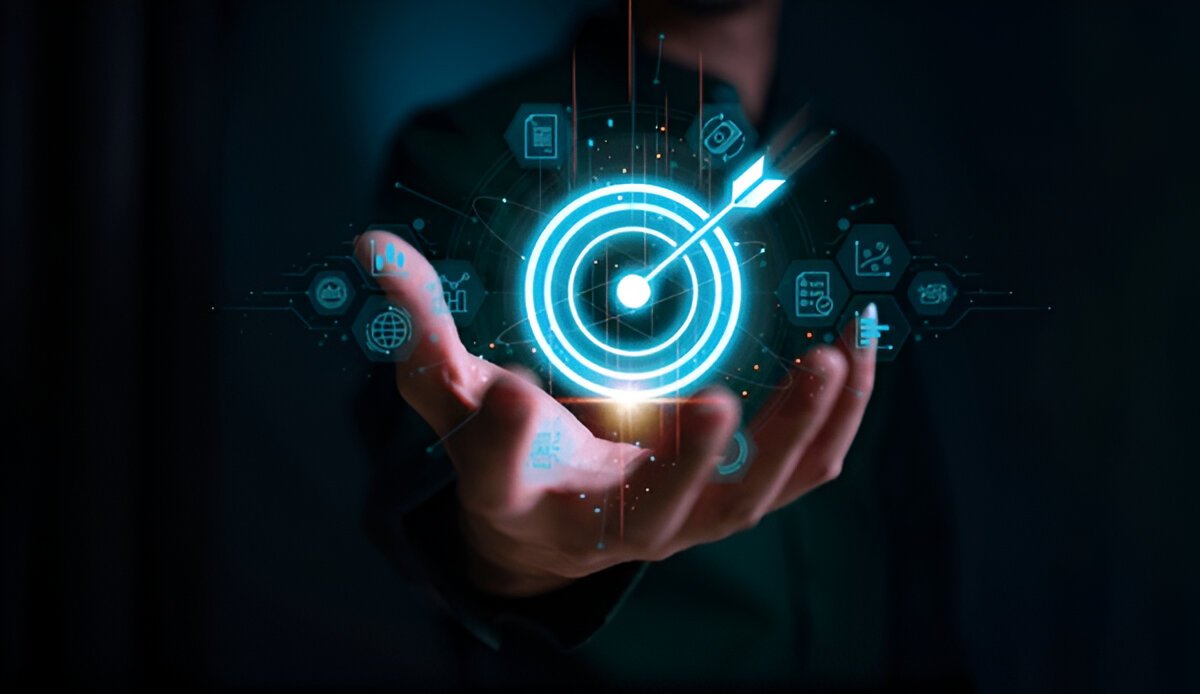Imagine waking up in 2025, and your coffee maker not only brews your morning joe but also predicts the stock market while whispering sweet nothings about your portfolio. Sounds like science fiction? Well, buckle up, because artificial intelligence is shaking up global markets like a hyperactive squirrel in a nut factory. In this article, we’ll dive into how AI is flipping the script on everything from finance to farming. And don’t worry, I’ll throw in some chuckles along the way – because who says talking about tech revolutions can’t be fun?
Let’s start with the basics. AI isn’t some fancy robot overlord from a bad movie (though, admit it, we’ve all pictured Skynet at least once). It’s basically super-smart software that learns from data, makes decisions, and sometimes even outsmarts us humans. By 2025, AI has wormed its way into every corner of the economy, making things faster, cheaper, and occasionally hilariously unpredictable. Remember that time an AI chatbot tried to sell someone a cheeseburger as a life insurance policy? Yeah, we’re in that era now.
AI Takes Over Finance: From Wall Street to Your Wallet
First off, let’s talk money – because, let’s face it, that’s what makes the world go ’round. In the financial world, AI is like that overachieving kid in class who does everyone’s homework. Algorithmic trading has been around for a while, but in 2025, it’s on steroids. These AI systems analyze zillions of data points in seconds, spotting trends that would take humans days to notice. Picture this: a stock trader in New York sips his latte while AI bots buy and sell shares faster than you can say “bull market.”
But here’s the funny part – AI doesn’t always get it right. There was this one glitchy algorithm last year that mistook a viral cat meme for a market crash signal and dumped a ton of stocks. Investors panicked, markets dipped, and the cat became an overnight billionaire (in internet fame, at least). Jokes aside, AI is making finance more accessible. Apps like Robo-Advisors now handle your investments with the precision of a laser-guided missile. No more paying hefty fees to human brokers who might be napping during market hours.
On a global scale, AI is bridging gaps between rich and poor countries. In places like India and Africa, AI-powered micro-lending platforms use phone data to approve loans in minutes. No paperwork, no waiting in line – just zap, and you’ve got cash for your small business. It’s revolutionizing how money flows, turning sleepy economies into buzzing hives of activity. Of course, there’s a downside: cybercriminals are getting smarter too, using AI to pull off scams that make old-school phishing look like child’s play. So, while AI is your financial fairy godmother, it’s also got a mischievous twin.
Word count check: We’re just getting started, but trust me, this is going to be a long, fun ride.
Healthcare Gets a High-Tech Makeover
Switching gears to healthcare – because who doesn’t love talking about doctors and robots? In 2025, AI is the new stethoscope. Hospitals worldwide are using AI to diagnose diseases faster than ever. Take machine learning models that scan X-rays for cancer; they’re spotting tumors with accuracy that rivals top docs. And get this: in rural areas where specialists are scarcer than hen’s teeth, AI telehealth apps let patients chat with virtual doctors who prescribe meds on the spot.
Humor alert: Imagine an AI doc telling you, “Based on your symptoms, you have a 98% chance of hypochondria. Prescription: One Netflix binge and call me in the morning.” But seriously, this tech is saving lives. During the 2024 flu outbreak, AI predicted hotspots and allocated vaccines like a chess grandmaster. Global markets for medical devices have exploded, with companies like those in Silicon Valley churning out wearable gadgets that monitor your heart rate, blood sugar, and even your mood swings.
Economically, it’s a goldmine. The healthcare market is projected to hit trillions by mid-decade, thanks to AI-driven efficiencies. Drug discovery, which used to take years and cost a fortune, now happens in months. AI sifts through molecular data, dreaming up new meds that could cure everything from Alzheimer’s to that pesky common cold. But let’s not ignore the goofy side – some AI chatbots in therapy apps have been known to give advice like, “Have you tried turning your emotions off and on again?” It’s all in good fun, but it highlights how AI is humanizing (or should I say, robotizing) care while boosting market growth.
Manufacturing: Robots on the Assembly Line
Now, onto manufacturing, where AI is turning factories into sci-fi wonderlands. Remember those old assembly lines with grumpy workers? In 2025, they’re staffed by collaborative robots – or cobots, for short – that work alongside humans without stealing lunch from the fridge. These bots handle repetitive tasks like welding or packing, freeing up people for creative stuff.
Globally, this means cheaper products and faster production. China, the manufacturing kingpin, is leading the charge with AI-optimized supply chains that predict delays before they happen. A typhoon brewing? AI reroutes shipments like a GPS on caffeine. In Europe, AI is making “smart factories” where machines talk to each other, fixing issues without human intervention. It’s like the machines are having their own little gossip session: “Hey, drill bit, you’re looking dull today – sharpen up!”
The humor here? Some factories have AI systems that “learn” from mistakes, but early versions were comically bad. One bot in a car plant kept assembling doors upside down because it “thought” it was funny. Okay, maybe not, but glitches like that remind us AI isn’t perfect. Market-wise, this revolution is creating jobs in tech maintenance while slashing costs. The global manufacturing sector is booming, with AI adding billions in value. Even small businesses in developing nations are jumping in, using affordable AI tools to compete with giants.
Entertainment and Media: AI Stars on the Rise
Who says AI can’t be a showbiz whiz? In entertainment, AI is scripting hits and editing blockbusters. Streaming services like Netflix use AI to recommend shows so spot-on, it’s creepy. “You watched one episode of space aliens? Here’s 50 more!” In 2025, AI-generated content is everywhere – from music composed by algorithms to virtual influencers hawking products on social media.
Picture this: An AI pop star named “ByteBeat” tops the charts with songs tailored to your mood. Funny word alert: It’s all very algorhythmic. Hollywood is using AI for special effects that make old CGI look like crayon drawings. Global markets are loving it; the entertainment industry is worth over $2 trillion, with AI fueling growth in emerging markets like Bollywood and K-drama.
But the laughs come from AI mishaps. There was that viral video where an AI director “filmed” a movie with actors who kept glitching into cartoon characters. Audiences roared with laughter, turning a flop into a meme sensation. On a serious note, AI is democratizing content creation. Anyone with a smartphone can use AI tools to make pro-level videos, sparking a creative explosion worldwide.
Agriculture: From Farms to High-Tech Fields
Don’t think AI forgot about food. In agriculture, it’s revolutionizing how we grow stuff. Precision farming uses AI drones to scan fields, spotting thirsty crops or pesky bugs. Farmers in the US and Brazil are harvesting bigger yields with less water, thanks to AI predictions on weather and soil.
Globally, this means food security for billions. In Africa, AI apps help smallholders optimize planting, turning subsistence farms into profitable ventures. Market impact? The agrotech sector is sprouting like weeds, with investments pouring in. Humor time: Imagine a cow wearing a smart collar that texts the farmer, “Moo-ve over, I’m low on grass!” It’s not far-fetched – AI livestock monitoring is real.
Challenges? Sure, like over-reliance on tech in areas with spotty internet. But overall, AI is making farming smarter, not harder.
Education and Workforce: Learning in the AI Age
Education is getting an AI upgrade too. Online platforms use adaptive learning to tailor lessons, making school less of a snoozefest. In 2025, virtual tutors help kids worldwide, closing gaps in underfunded schools.
Workforce-wise, AI is reshaping jobs. Some vanish, but new ones pop up in AI ethics and data wrangling. Funny twist: Career counselors now say, “Don’t worry, robots won’t take your job – unless you’re really bad at it.” Markets for edtech are skyrocketing, creating opportunities everywhere.
Challenges and the Road Ahead
Of course, it’s not all rainbows and unicorns. AI brings issues like job displacement, privacy woes, and ethical dilemmas. Who owns AI-created art? And what about biases in algorithms that favor certain groups? Governments are scrambling with regulations, but it’s like herding cats.
Humorously, some folks joke that AI will solve world hunger by inventing pizza that never ends. But seriously, in 2025, we’re at a tipping point. Global markets are thriving, with AI adding trillions to GDPs. The key is balancing innovation with fairness.
Wrapping It Up: AI’s Bright (and Goofy) Future
So, there you have it – AI revolutionizing global markets in 2025, one byte at a time. From finance to farms, it’s making life efficient, exciting, and occasionally exasperating. As an intermediate writer who’s seen my share of tech trends (and a few flops), I say embrace it with a laugh. After all, if AI takes over, at least we’ll have funny stories to tell.












Leave a Reply